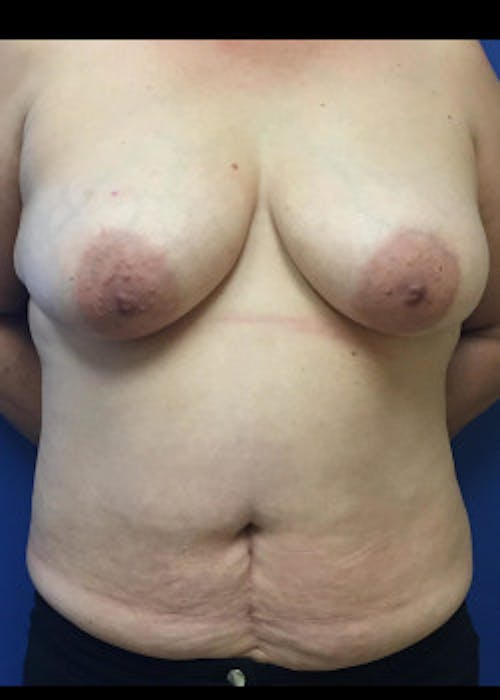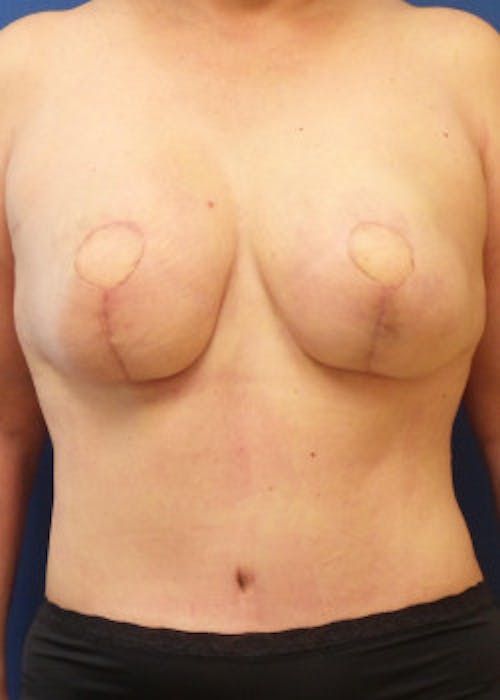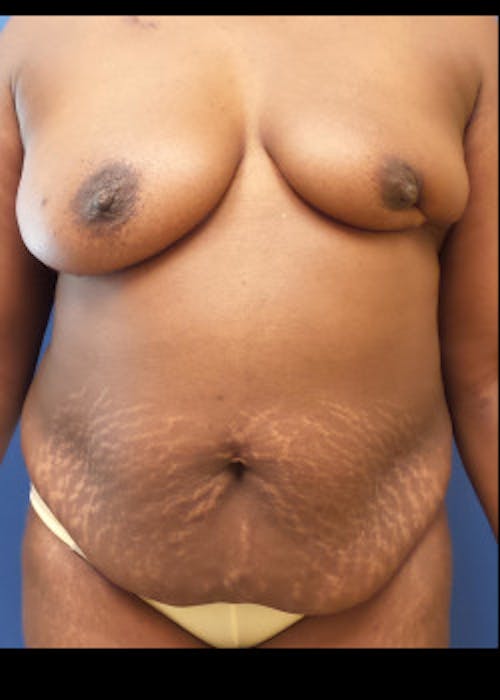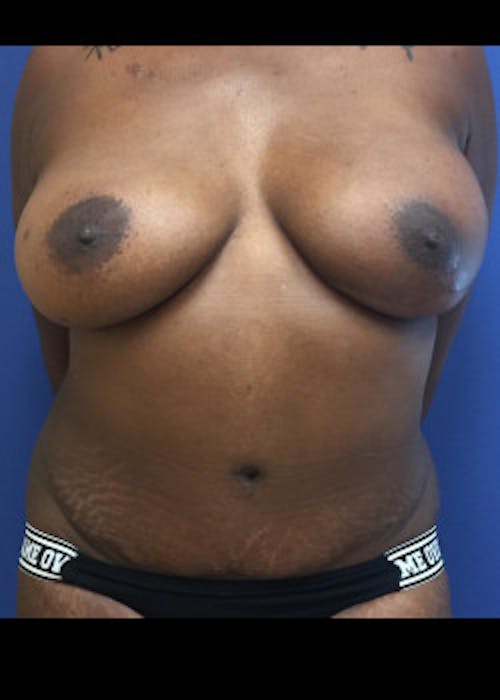Breast reconstruction is performed on women treated for breast cancer who have undergone a mastectomy or women who lack breasts due to a congenital problem. Breast reconstruction in Webster aims to create a breast and nipple that resembles the natural breast as closely as possible in shape, size, and position.

Can Every Woman Access Breast Reconstruction?
As long as a woman is healthy, age is not a factor in whether she is a good candidate for breast reconstruction. Health insurance providers are mandated to pay for this procedure, and every woman has a right to have her breasts restored after undergoing a mastectomy to treat breast cancer.
As a note, those women with current health conditions such as obesity, high blood pressure or who currently smoke will be advised to undergo breast reconstruction on a staged basis – once healed from the mastectomy and after the health problem is resolved.
Recovery from Breast Reconstruction How Long Does it Take to Heal?
Your recovery time will vary, reflecting the type of procedure used in the breast reconstruction as well as whether the reconstruction immediately follows mastectomy. Hospital stays range from one to six days. You can expect some pain and discomfort for one to two weeks, managed by prescription medication, and a recovery process that takes from three to six weeks.
During your recovery, you will be wearing a compression garment to keep your new breasts protected, reduce swelling, and speed healing. Your stitches will be removed in about a week to ten days. In some cases, a surgical drain may be left in place to prevent a buildup of fluid in the reconstructed breast; if so, it will be removed in one to two weeks.

Your Newly Constructed Breast: What Will it Look Like?
While your reconstructed breast will not appear exactly like your original breast, Dr. Banerji is exceptionally skilled at crafting a reconstructed breast that looks and feels very natural. He focuses on matching the size, shape, position, and other attributes of the remaining breast, creating stunning results.
For symmetry, the remaining breast may be altered in size to be bigger or smaller, lifted, or other aesthetic procedures to enhance the final quality and balance.













